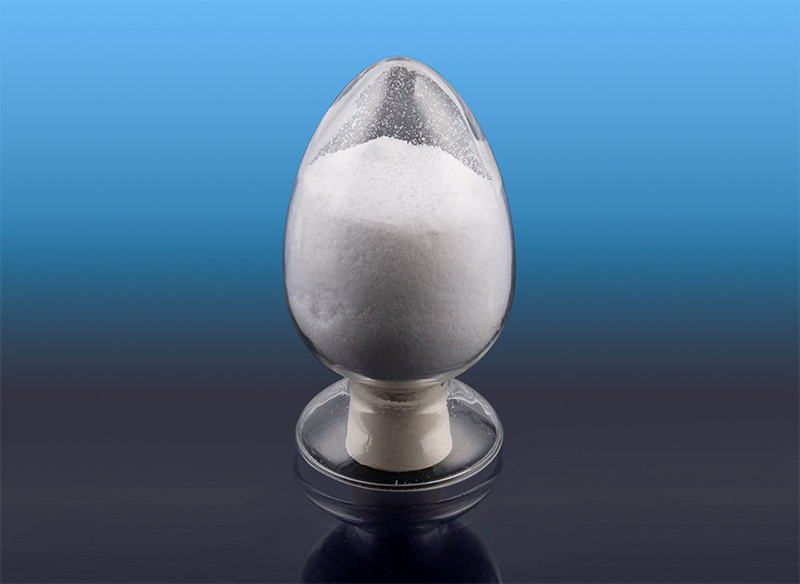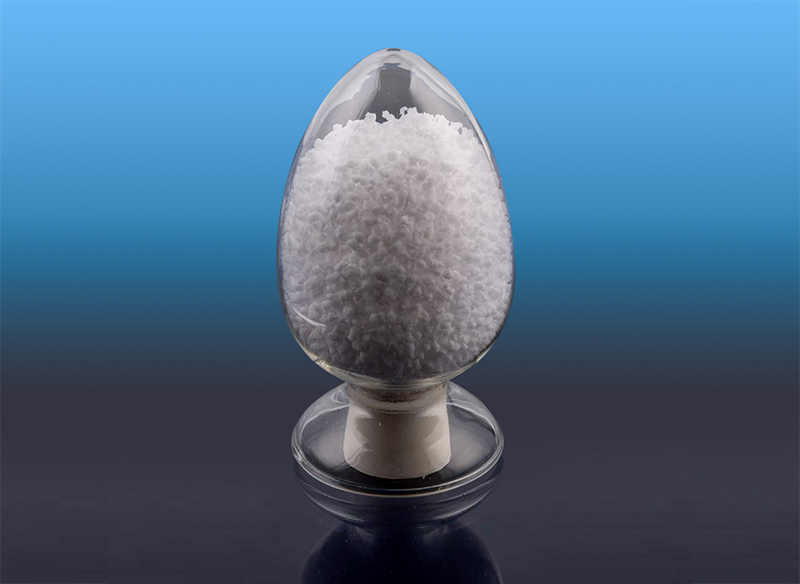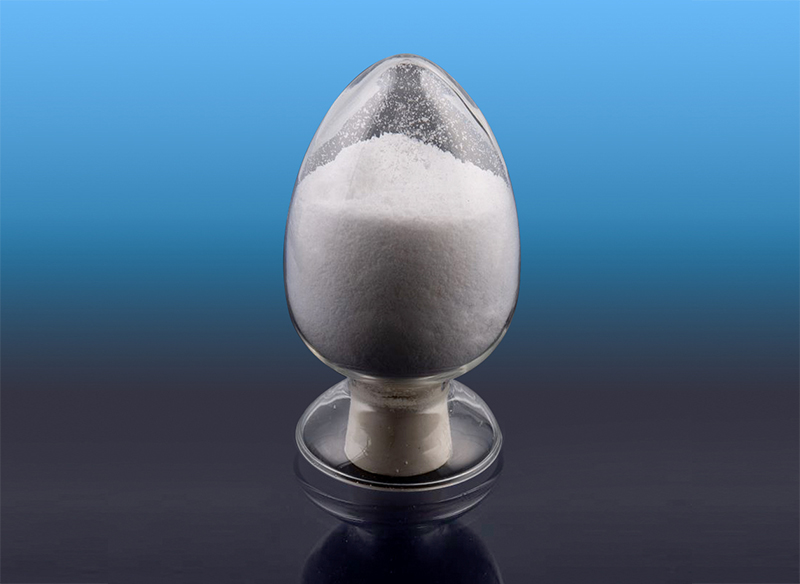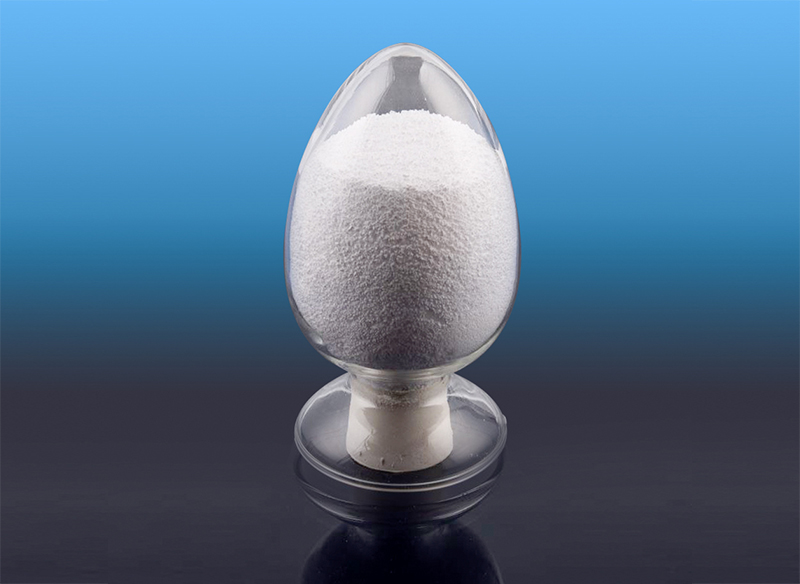What is polarized SEBS, and how is it different from regular SEBS rubber?
SEBS, short for styrene-ethylene-butylene-styrene, is a type of thermoplastic elastomer (TPE) widely used in many industries because it combines the elasticity of rubber with the processability of plastics. Regular SEBS is prized for its softness, flexibility, chemical resistance, and ease of molding, making it ideal for products like grips, seals, medical devices, and consumer goods.
Polarized SEBS refers to a modified form of SEBS where the polymer chains are chemically altered to include polar functional groups. These polar groups can be chemical attachments such as hydroxyl (-OH), carboxyl (-COOH), maleic anhydride, or other oxygen- or nitrogen-containing groups. This modification fundamentally changes how SEBS interacts with other materials and environments.
Understanding Regular SEBS
Regular SEBS is a block copolymer composed of two types of segments: polystyrene end blocks and an ethylene-butylene midblock. The polystyrene parts provide rigidity and thermal resistance, while the ethylene-butylene segment offers rubber-like elasticity. The overall structure creates a material that behaves like soft rubber but melts like plastic, allowing it to be processed with standard plastic manufacturing methods such as extrusion and injection molding.
In its natural form, SEBS is nonpolar, meaning it does not have charged regions along its molecular chains. This nonpolarity contributes to SEBS’s excellent resistance to water, oils, and many chemicals. However, it also means SEBS tends to have poor adhesion to many polar substrates such as polyamides (nylon), polyesters, metals, or glass. This can limit its applications in multi-material assemblies where strong bonding is required.
What Does “Polarized” Mean in Polarized SEBS?
“Polarized” in polarized SEBS refers to the introduction of polar chemical groups along the polymer chains. These groups create local charges or dipoles, making the polymer chain more chemically reactive and improving its ability to interact with other polar substances.
This modification is usually done by grafting polar molecules onto the SEBS backbone or by copolymerizing SEBS with small amounts of polar monomers. The result is a thermoplastic elastomer that still retains the basic rubbery properties of SEBS but with enhanced surface polarity.
Key Differences Between Polarized SEBS and Regular SEBS
The biggest advantage of polarized SEBS is its improved adhesion to polar materials. Polar groups allow the polymer to form stronger physical and sometimes chemical bonds with substrates like nylon, polyesters, metals, and glass. This makes polarized SEBS ideal for use as a compatibilizer in blends or as an adhesive layer in multi-material products.
Polarized SEBS has a higher surface energy compared to regular SEBS. This means liquids, adhesives, and coatings spread more easily on its surface, improving bonding and paintability. In contrast, regular SEBS’s low surface energy causes liquids to bead up, making it more challenging to bond or coat.

The introduction of polar groups can affect melt viscosity and flow behavior. Polarized SEBS may require adjustments in processing temperature or screw speed during extrusion or molding to achieve consistent quality.
Depending on the type and degree of functionalization, polarized SEBS may exhibit changes in tensile strength, elongation, and tear resistance. Often, polar groups increase stiffness slightly but can also improve resistance to environmental stress cracking.
While regular SEBS is highly resistant to water and many chemicals, adding polar groups may reduce some aspects of chemical and hydrolytic stability, requiring careful formulation when used in harsh environments.
Adhesion Layers in Multi-Material Products: Polarized SEBS can bond rubber to plastics like nylon or polycarbonate without the need for primers or extra adhesives.
Compatibilizers in Polymer Blends: When mixing incompatible plastics, polarized SEBS improves dispersion and interface strength, enhancing mechanical properties.
Seals and Gaskets with Enhanced Bonding: Improved adhesion to rigid substrates helps seals stay in place under stress.
Medical Devices and Wearables: The modified surface can allow better coating adhesion or bonding to other device components.
Automotive and Consumer Goods: Parts needing flexibility combined with strong bonding to other materials often use polarized SEBS.
In essence, polarized SEBS is a chemically modified version of regular SEBS that carries polar groups along its polymer chain. These polar groups significantly enhance the material’s ability to bond with other polar substrates and improve surface wettability. While retaining much of the original SEBS’s flexibility and softness, polarized SEBS expands the range of applications by overcoming the limitations of nonpolar rubber-like materials.
This modification enables manufacturers to create more complex, durable, and multi-material products without compromising on the desirable properties that make SEBS so popular in the first place.





